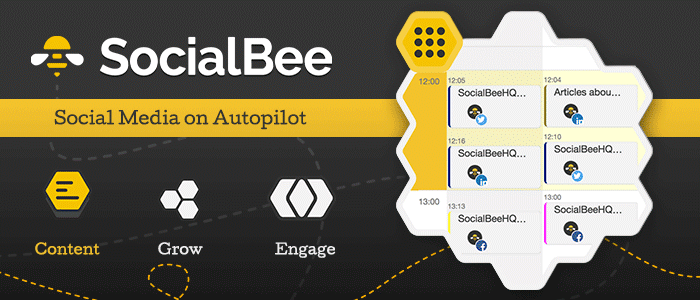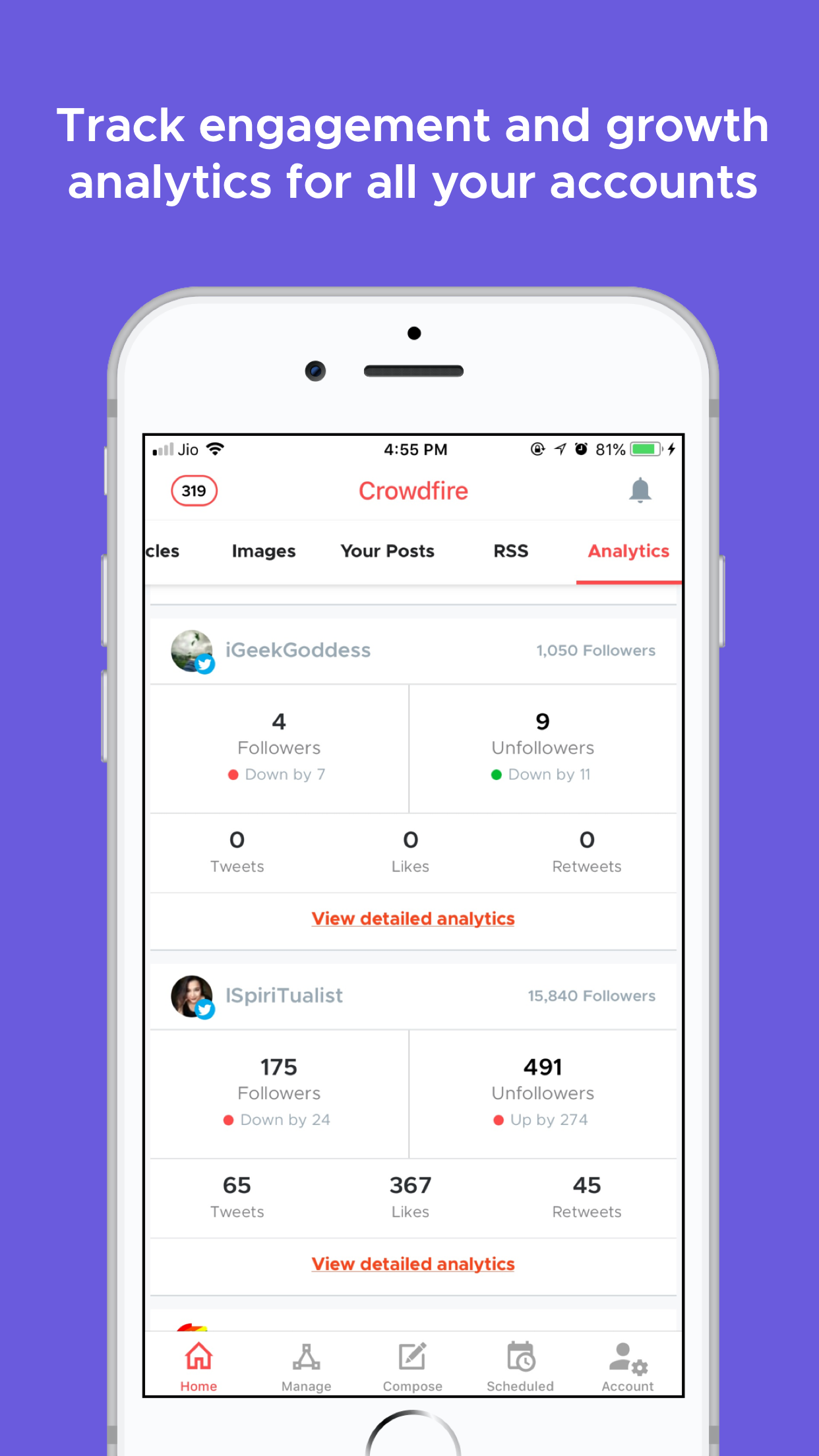Prioritized work is productive work
When you clearly prioritize your work, you can increase productivity, better manage your time, and feel confident that you’ll hit your deadlines—every time. Boost your productivity even more by using a work management tool, like Asana, to organize and manage all of your tasks—no matter how big or small—in one place.
Use your calendar to schedule your tasks
Whether a task takes you minutes or weeks to complete, it always has a beginning and an end. So, once you have your list, add a start and end date to each task. Doing this will make sure nothing falls through the cracks as new things come up and priorities need to shift.
If a task is assigned to you without clear start or end dates, be sure to ask for that information so you can schedule a time to work on it. Once you know these dates, you might even set your personal end date earlier than the actual deadline to account for unexpected issues or to turn in work early. Think of your work as a puzzle: You need to know the pieces will fit together, and start and end dates are the edges of those puzzle pieces.
If tasks are puzzle pieces, with start and end dates noting their edges, then your calendar is the puzzle board where you assemble the bigger picture. Use it to schedule work, balance high-effort and high-priority tasks in a way that won’t overload you, and make sure you meet deadlines. If you’re adopting one of the prioritization methods above, use that framework to help fill your schedule.
Asana tip: Using the calendar view in Asana, you’ll be able to spot days when you might be overloaded and also see open blocks of time. Take advantage of this view to shift tasks and spread your work out more evenly.
When you centralize your social media calendar in Asana, you’re not only managing your own work, you’re building a history of work. You can then share this with key players for your team or church who may not be in the know about the day-to-day activities of your church or business. Regularly update your Project Overview with a status and share your project Dashboard with key members to highlight the effect your work has on overall church/company objectives.
Tips for managing your social media calendar with a template
With so many social media channels to juggle, and new ones emerging all the time, creating and managing a social media calendar can be overwhelming. How do you properly set up a social media calendar and ensure every post is on point before publishing? Asana helps you visualize your entire lineup of social content, reschedule on the fly, and collaborate easily.
To get started, try Asana social media calendar template and the following tips:
- Create and manage a clear publication schedule. Make it clear which posts are going out when and on what channels by mapping them out on your social media calendar. Share it with stakeholders so they know your publication schedule, too.
- Take action on trends faster. With a clear schedule and social post templates, you can quickly jump on new trends or topics as they emerge so your brand doesn’t miss out on a moment.
- Cut the back and forth. Create and publish social content and visuals faster by assigning, reviewing, and approving work in one spot. Easily assign tasks to team members so everyone knows who’s doing what, when on the calendar.
“Without a clear plan, you might find yourself running a race without a route,” writes Justin Rosenstein in an article about planning high-level objectives and goals.

Eat the Frog
The Eat the Frog method is not a literal suggestion, but rather a system based on a quote from the ever-wise Mark Twain who said, “If it’s your job to eat a frog, it’s best to do it first thing in the morning.” In the world of work management, that translates to tackling big or complex tasks first.
Those that serve the highest purpose and are tied to top-level objectives should be first on the priority list. Once you’ve eaten your frog for the day, you can slot in other tasks based on factors such as deadlines.
Eat the Frog in action: Finish up that big presentation you’ll be making to the management team at the end of the week before you reply to emails, work on your review form, call clients, or iron out contract revisions.
Automate your social media workflow
To better connect with your community and customers, and leverage social media for customer support, we recommend using a combination of tools to help complete your workflow:
- SocialBee and Crowdfire let you schedule your content and understand metrics and performance.
- StoryChief is a reliable tool that lets you co-create, plan, optimize, and distribute articles to different publishing channels from one place.
- Elokenz is an auto-refilling queue which analyzes your content and decide which one to share next on each social media platform.
- Jooicer lets you grow your Twitter audience by using specific modules for each kind of action.
- Brand24 gives you instant access to brand mentions across social, news, blogs, videos, forums, reviews and more.
Social Media Strategy
For some teams, social media might be a part of a broader marketing strategy. For others, it’s separate. Either way, a great social media strategy should include:
- Goals: What key result are you trying to reach? Are you primarily trying to increase traffic to your website? Or improve brand awareness?
- Target audience: Who’s your target audience? This could be the same as your broader marketing strategy.
- Primary social channels: Which channels will you focus on? Where is your target audience most active? Even if you’re on many, it’s helpful to identify your most important ones.
- Competitive analysis: Where are your competitors on social media? What do they do well? What do they do poorly?
- Content mix: What kinds of content will you share? Keep a balance of conversion-focused content, stories by external thought leaders, and original, owned pieces.
- Metrics: What metrics will you use to define success? Ideally, these would ladder up to your broader social media goals.
To create a great social media calendar, organize each of your social media posts by:
- Channel: Twitter, Facebook, LinkedIn, Pinterest, Instagram, Snapchat, etc.
- Date and time: When assigning a post date and time, pay attention to your posting cadence. For example, you can get away with more posts in a single day on Twitter than on Facebook.
From here, move posts around to balance out your content mix or posting cadence. Then, schedule your posts using a social media management tool like SocialBee and Crowdfire.
Take your social media marketing to the next level
Social media marketing takes organization, attention to detail, and the ability to juggle multiple different things at once. Fortunately, workflows for your strategy, calendar, posts, and day-to-day tasks can help you and your team stay on track.



